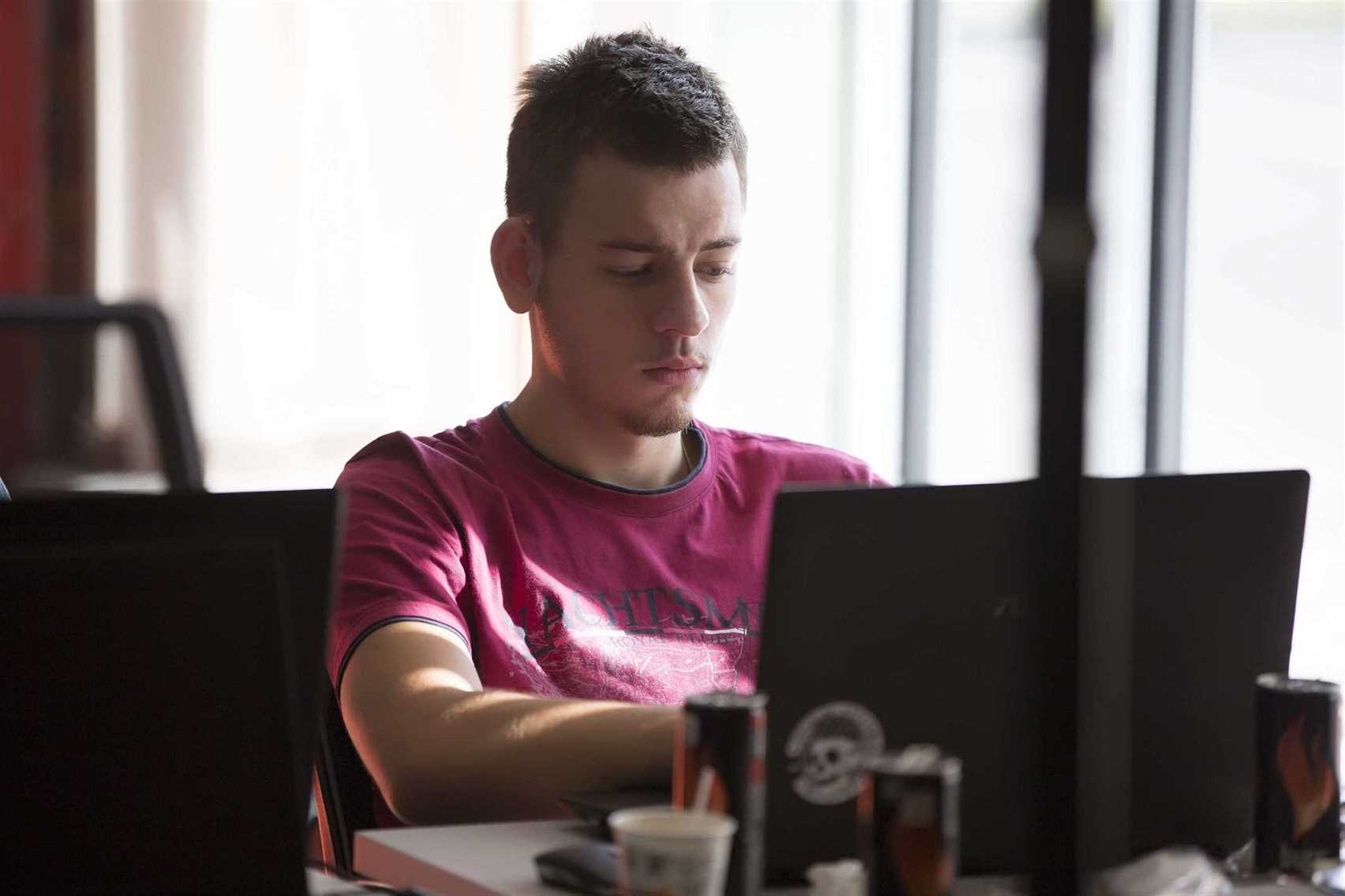If the group doesn’t have some type of the continual enchancment course of, such enhancements happen organically, but if it does — they progress faster. Managers have to recognise every achievement the staff makes at this stage, irrespective of how small or massive. The team should know that regardless https://www.globalcloudteam.com/ of all difficulties, they’re nonetheless delivering and making progress. During the Norming stage, the chief ought to continue to encourage members to share their opinions, even when they disagree. Because this stage immediately follows Storming, members may be less inclined to precise their opinions if they fear more battle.

There remains to be a need for the staff to give consideration to both process and product, setting new goals as applicable. Changes, corresponding to members coming or going or large-scale changes within the external surroundings, can lead a group to cycle back to an earlier stage. If these changes – and their ensuing behaviors – are recognized and addressed directly, teams could successfully remain within the Performing stage indefinitely. Bruce Tuckman, jointly with Mary Ann Jensen, added the adjourning stage to describe the final stretch of a team’s work together. It contains each the last steps of completing the task and breaking up the staff.
However, when teams reach the Performing stage, they do not necessarily stay there. Teams can often cycle back via, especially if conflicts arise, sending them again to Storming. If groups wish to stay in the Performing stage, they should repeatedly work on building belief and enhancing communication. They have resolved the problems from the earlier stage and are in a state of finding higher ways to be a group. Often, groups will redefine their targets or group structure that have been established within the Forming stage.
Team Tasks through the Storming stage of growth call for the team to refocus on its objectives, maybe breaking larger goals down into smaller, achievable steps. The staff could have to develop both task-related abilities and group process and battle administration expertise. A redefinition of the staff’s objectives, roles and duties might help staff members previous the frustration or confusion they expertise through the Storming stage. Behaviors during the Storming stage may be much less polite than during the Forming stage, with frustration or disagreements about objectives, expectations, roles and responsibilities being brazenly expressed. During the Storming stage, team members may argue or become critical of the group’s authentic mission or goals. After working through the numerous issues, the group begins to coalesce and truly work as a team, supporting each other, and this is named the Norming stage.
To guide your staff as it develops, it helps to know the stages of group growth. Maybe your group is buzzing alongside within the “performing” stage, then a model new person joins. Likewise, a strategic pivot for the corporate sends your group back to the “storming” part. Alasdair A. K. White together with his colleague, John Fairhurst, examined Tuckman’s development sequence when creating the White-Fairhurst TPR model.
Storming Stage
During this phase of team constructing, duties are clearly outlined and the group begins to map out a plan to achieve its objectives. The team’s chief is more engaged in team constructing at this stage to ensure everyone understands the plan. If the team’s goals aren’t aligned, there may be mistakes and missed alternatives. Leaders of a group in the Forming stage have lots of duty in helping the staff come together. Members look to the leader for steering, assist, and construction. This stage is the time to create a group structure to stabilize the staff all through its growth.

To develop from this stage to the following, each member should relinquish the consolation of non-threatening matters and threat the potential of conflict. In the Performing stage of staff growth, members feel satisfaction within the staff’s progress. They share insights into private and group process and are aware of their very own (and one another’s) strengths and weaknesses.
Assist Your Team Attain Their Goals With Sturdy Management
By creating your individual management expertise, you can model collaboration greatest practices and help your staff attain their fullest potential. The particular person strengths each member brings establishes a way of teamwork, as everybody performs a part. If you discover a few team members not participating, the easiest thing to do is to immediate them for his or her ideas and ideas. High-performing teams undergo 4 outlined stages to achieve their potential. This is true whether or not your team works remotely or works in person. While engaged on a high-performing team could additionally be a very pleasurable and growthful expertise, it isn’t the top of team growth.

Oftentimes, members will problem the leader and vie for status or authority within the group. By this level, there could be elevated impatience and members are more comfortable voicing their opinions if they disagree, so conflicts can come up easily. Some teams manage to avoid this stage, but often only if the teams are deliberate in stopping issues before they come up. Teams can do this by way of creating an open and honest surroundings where everyone seems to be respected. However, some teams experience such a powerful Storming stage that they are unable to maneuver past it. Whether you’re constructing a new group or working on a selected project with cross-functional partners, it’s essential to establish your team’s mission early on.
Double down on building private connections amongst teammates. When it’s time to celebrate meeting a milestone, consider indulging in a team dinner or day out doing one thing enjoyable together. And, now that you’ve figured out established practices that assist you to collaborate successfully, share these with other teams. The key to moving through this stage is to make issues so simple as attainable.
Clearly Set Expectations For Communication
The challenge now might be to move a bit quicker while maintaining the quality of your work excessive. Recently, several teams in our engineering division undertook a large, ludicrously complex, business-critical infrastructure project. The variety of dangers and dependencies sent these established and cohesive dev groups into a flurry of (ultimately, unproductive and/or counter-productive) exercise. If your group has ever thrashed about like this, then you understand what “storming” is. The group needs readability and connection more than the rest at this stage.
Remove obstacles by coordinating tightly with adjacent and upstream groups. Validate your assumptions about what your clients need, then proactively determine what you’re not doing right now so that you don’t get distracted. When you start to sense that the left hand knows what the best hand is doing, you’ve made it into the “norming” stage.

The first stage of team development consists of the group coming collectively, or forming. During this stage, members focus mainly on how they match into the group, as they attempt to achieve acceptance within the team. Because of this, there might be lots of particular person insecurity at the beginning. Members need their teammates to see them as competent and deserving people and as somebody who can make a real influence on the team.
The Four Stages Of Group Improvement
Conversely, when leaders acknowledge that every group wants some time and TLC to grow right into a practical unit, good things are inclined to observe. This part consists of leaving the staff and finishing the project. Because storming can be contentious, members who’re averse to conflicts might discover it unpleasant and even painful. This can lower motivation and energy by drawing attention away from duties. In some circumstances storming (i.e., disagreements) can be resolved rapidly.

She reminds the group that every one responses are priceless to the method. Chris thanks Julie for truthfully sharing her thoughts and states that is why she’s a useful member. Chris asks every four phases of team development staff member if they’ve attended annual security training in the past. If they didn’t, she asks them to truthfully describe why they selected to not attend.
If team members sense that they don’t have all the knowledge, or that information is being selectively shared, they’ll keep their guard up. Developing “team working principles” is vital at this stage. As the staff begins to maneuver in direction of its targets, members uncover that the staff can’t stay as much as all of their early pleasure and expectations. Their focus might shift from the duties at hand to feelings of frustration or anger with the team’s progress or course of. Members may specific concerns about being unable to meet the group’s objectives. During the Storming stage, members are attempting to see how the group will respond to variations and the way it will handle conflict.
- They stress that interplay is important to both learning and satisfaction.
- If the staff is profitable in setting extra flexible and inclusive norms and expectations, members should expertise an elevated sense of consolation in expressing their “actual” ideas and emotions.
- Team effectiveness is enhanced by a group’s commitment to reflection and on-going evaluation.
- Their focus could shift from the duties at hand to emotions of frustration or anger with the group’s progress or process.
Be intentional about teaming and you’ll go farther, sooner. The staff teams like ideas together and outline their high five concepts. Chris can see the release of artistic vitality within the room. Chris then asks the team to give you as many loopy solutions as potential. They determine to make use of the round-robin approach this time and everyone eagerly participates.


